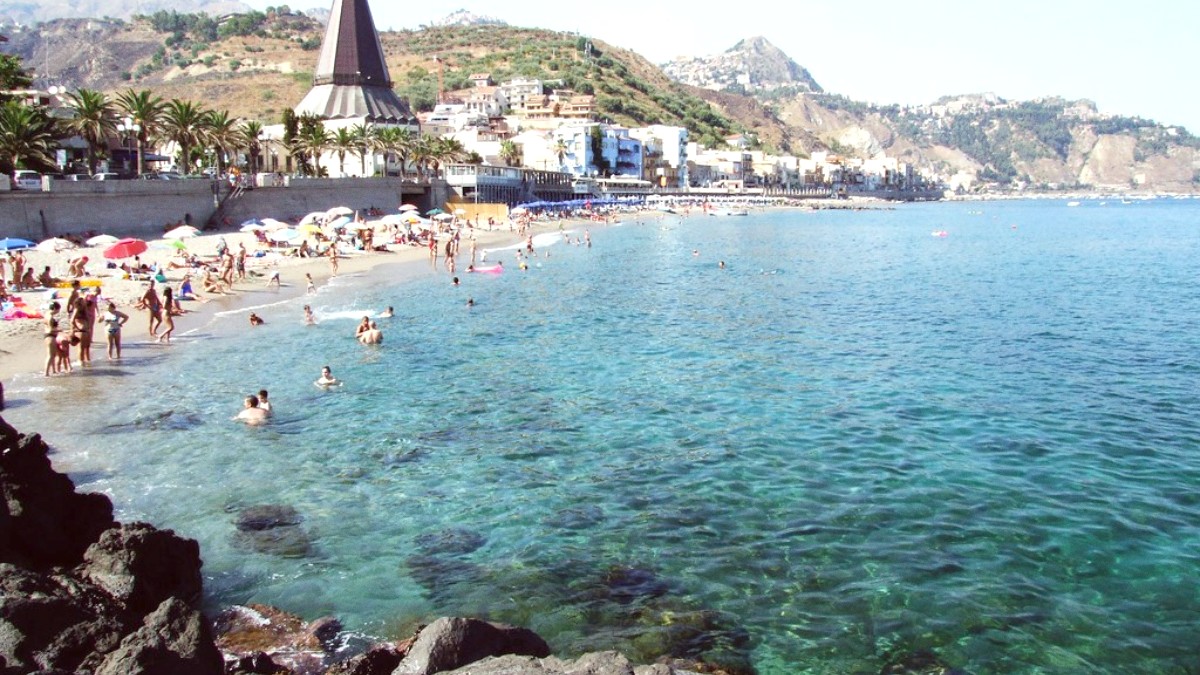
Sicily, Italy
Spring (April-May): Mild temperatures, typically ranging from 15°C to 25°C (59-77°F). Humidity levels are lower, and while moderate rainfall is possible, especially in early spring, days are generally sunny.
Summer (June-August): Hot and dry conditions, with temperatures often soaring from 25°C to 35°C (77-95°F) and sometimes exceeding that. Humidity can be high, especially in coastal areas, making the heat feel more intense. Precipitation is very low, making it the prime beach season. Sea temperatures are warm and inviting.
Mount Etna's Volcanic Activity: While generally well-monitored and usually localized, volcanic activity can occasionally impact air quality with ashfall, or in rare cases, flight schedules at Catania Airport. Local authorities issue warnings when necessary. Following official advice and checking status before Etna excursions is wise.
Summer Heat: The summer heat can be intense. Using Sun protection, like High-SPF sunscreen, a hat, and Sunglasses, is a good idea. Avoiding peak sun hours (12 PM - 3 PM) for strenuous activities is also a good plan. Scirocco Winds: Sicily occasionally has scirocco winds, hot, dry winds from the Sahara, which can bring dust and push temperatures even higher. These are usually short-lived.
Crowds & High Prices
Hottest weather ideal for beach activities, swimming, water sports. Many local events, festivals, concerts.
Crowded, specifically with Italian and European holidaymakers. Prices for accommodations, flights, and some local services are at their peak. Intense heat can make sightseeing and hiking uncomfortable.
Optimal Balance
Weather is pleasant for all activities. Fewer crowds compared to high season, for a more relaxed experience. Prices for accommodation and flights are generally lower. Most tourist facilities are open.
Sea might still be a bit cool for swimming in early April or late October. Some rain is possible, though usually not continuous.
Budget & Authenticity
Lowest prices for accommodation and flights. Very few tourists, for an authentic local experience and peaceful exploration of cultural sites. Mount Etna covered in snow can be an unique experience.
Weather is cooler with a higher chance of rain. Many seasonal businesses close for winter. Limited ferry services and fewer tour options. Town feels quieter.
June to September has the warmest sea temperatures and most reliable beach weather.
April-May or September-October are ideal, with cooler temperatures for trekking without the summer heat or winter snow/ice.
April-May or September-October offer pleasant weather and fewer crowds, making it comfortable to explore the Naxos Archaeological Park, Taormina, Syracuse, and other historical sites.
Many traditional festivals and sagre (food festivals) occur in summer and early autumn. Taormina Arte, a major arts festival, takes place in Taormina during the summer.
Italy is part of the Schengen Area, a group of 27 European countries with no passport or other border control at their mutual borders.
Citizens of many countries, including the United States, Canada, the United Kingdom, Australia, New Zealand, Japan, South Korea, and most South American countries, can enter Italy (and the entire Schengen Area) for tourism or business purposes for up to 90 days within any 180-day period without needing a visa. This applies to short stays only.
Citizens of countries not covered by visa-exempt agreements must apply for a Schengen Visa (Type C) through the Italian embassy or consulate in their country of residence.
While no specific health-related entry requirements exist for Italy, routine vaccinations are always a good idea. Consult your doctor or a travel clinic well in advance of your trip (ideally 4-6 weeks before departure) for personalized recommendations.